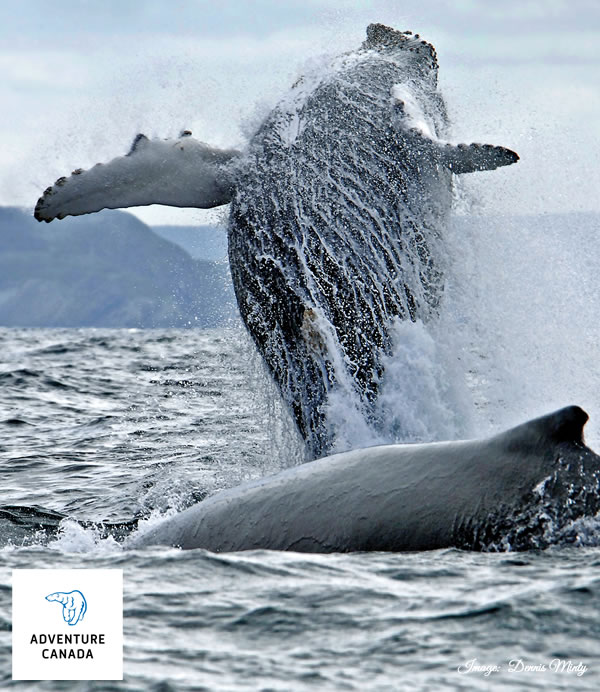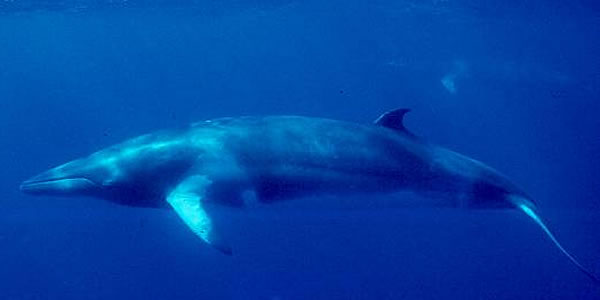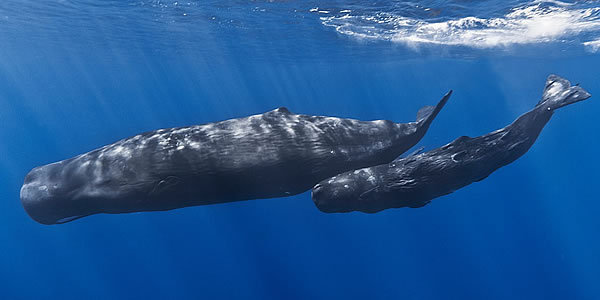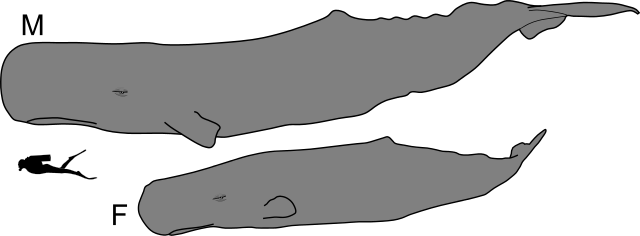Whales (and where to find them)
Video: UnCruise Adventures – Alaska Humpback Whale
What is it about the graceful breaching of a whale that fills us with awe? Their sheer size is indeed impressive, but the sense of fun that a humpback displays on it’s graceful dance touches something within us all.
If you’ve ever wanted to take your whale spotting to a whole new level but don’t know where to start, here is our handy guide to the most common baleen and toothed whales – and where to find them.
Whales are found all over the world. They migrate to eat and breed, going as far as 5,000km (on average in the case of Humpback Whales). A baleen whale will feed on krill, which is abundant in very cold waters – but this temperature isn’t suitable for giving birth. Newborn calves are born without a significant layer of blubber, meaning they are incapable of surviving in cold water. So, through extensive migration, whales travel from cold feeding areas, to the safer, warmer shallow waters to calf.
Therefore, timing is very important if you plan on spotting whales.
Blue Whales

Blue whales, are the biggest of all whales with adults measuring up to 29 metres and weighing in at a staggering 140,000 kg – these are the largest creatures on earth – EVER.
Typically, you will find them in the North Pacific and the Northern Indian Ocean. The Northern Pacific has the largest estimated population of blue whales – somewhere around 3,000 – but there are still only a few reliable places to see them. Mexico’s Baja California Peninsula is one of these. Located to the south of San Diego, it is occasionally possible to see them from the shore – but we recommend a cruise with zodiac ride to get you within a safe distance. Try between December to March in this area of the world. While it isn’t as easy to spot them on the southern half of the planet, Sri Lanka and the Maldives are a few of the beautiful places you can see them. Here’s a tip though. Blue whales, like most other baleen whales, feed on krill. Krill usually comes to the surface during the evening, because of this your best chance of seeing a blue whale is at evening or night.
- Great cruises for Blue Whale Spotting: the St Lawrence River in June CLICK HERE
- Or Mexico with UnCruise Adventures: CLICK HERE
Humpback Whales

Whenever people think of a whales, they tend to picture the magnificent surface breaches of the Humpback. This behaviour is quite unique to Humpbacks, making them extremely popular among whale watchers. They are also far more individual and independent than other species of whales, making them easily recognisable to tour guides due to their distinct differences in appearance to each other. If you plan on making a trip to see these gentle giants, during summer they can be found in Antarctica (Jan-Mar), California, Nova Scotia and New York (May-Aug). In the northern hemisphere’s winter, the Bay of Biscay on the west coast of France is also renowned for sightings. Hawaii and the Baja and California are enormously popular too. If you’re in the Southern Hemisphere, Australia’s Sydney, Byron Bay, Victor Harbour and Kaikoura are fantastic spots during the June to November season.
- Great cruises for Humpback Whale spotting – in Antarctica Feb/March – CLICK HERE
- Or for a big adventure try Alaska between June-October – CLICK HERE
Minke Whales

Minke whales are the second smallest baleen whale. The two species of minke whale are the common (or northern) Minke whale and the Antarctic (or southern) Minke whale
They are considered to be one of the most widespread and abundant species of whales over the world. The Northern Minke can be frequently found in the Barents Sea, as well as on the coasts of Norway, Iceland, Greenland and Newfoundland. In the northern Pacific they can be found in the Bering and Okhotsk Seas, and the Gulf of Alaska throughout the northern spring and summer. Their southern Antarctic Minke relatives are more often spotted near South Africa and Brazil year round, but can be found near Australia and New Zealand in our winter.
- Spot Minke in the Arctic – CLICK HERE
- or Greenland – CLICK HERE
Sperm Whales

The sperm whale is the largest of the toothed whales and the largest toothed predator on our planet existing on a diet of giant squid, squid and octopus. They average 16 metres in length and roam the world. Sperm whales prefer ice-free water and like to hunt near deep drops in the continental shelf. Japan, the Azores and Dominica. In the Azores, sperm whales are the most frequently sighted whales in the area with spottings all year round.

- Search for sperm whales in the Azores with Ponant on an expedition cruise CLICK HERE
Thanks for joining us on our whale appreciation journey.

